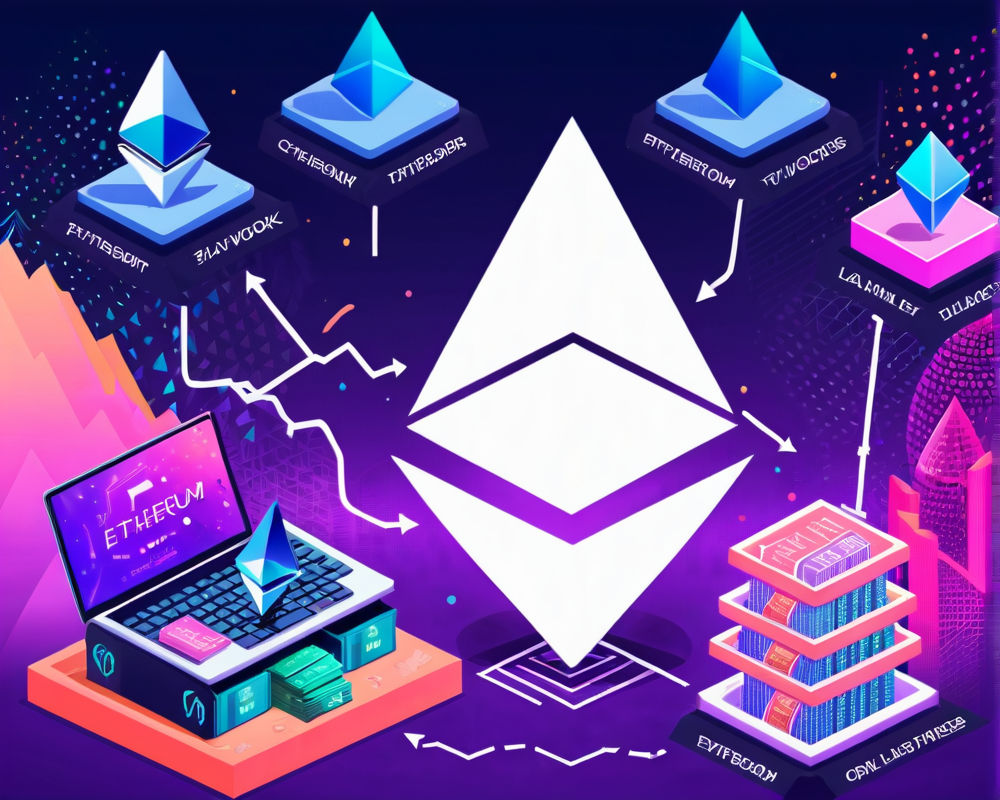The Rise of Layer 2 Networks
On November 10, Ethereum layer 2 networks hit a remarkable milestone, accumulating a total value locked (TVL) of $13 billion within their smart contracts. This achievement, reported by the analytics platform L2Beat, suggests a resurgence in interest in layer 2 solutions, despite the ongoing challenges they face.
A Snapshot of Layer 2 Landscape
As of the date noted, there are 32 different Ethereum layer 2 networks, including popular names like Arbitrum One, Optimism, and Polygon zkEVM. Remarkably, the total value locked in these networks was under $10 billion as recently as June 15, with a sad slow decline observed since April’s peak at $11.8 billion. But wait! Just like the plot twist in a cheesy romcom, things took a turn for the better starting mid-June, with layer-2 TVL growth climbing almost as fast as your heart rate when you see your crush.
Layer 2s vs. The Bull Market
The current figures are a stark contrast when we look back at November 12, 2021, during a time when the overall crypto market cap soared to $2.82 trillion, yet layer 2 networks struggled with less than $6 billion locked. Now, in a more modest crypto landscape worth $1.4 trillion, that same layer 2 TVL is breaking records. It seems the underdog is finally cashing in on their potential—cue the inspirational montage!
Gas Fees: A Blessing in Disguise
In a chat with Cointelegraph, Metis decentralization coordinator Elena Sinelnikova offered some insights into why layer 2 networks have surged. The notorious high gas fees of Ethereum led users to seek alternatives, making layer 2s a hot commodity. Imagine paying hundreds of dollars just to send a simple transaction—talk about a financial headache! Sinelnikova reflected on the bear market’s silver lining: effective marketing strategies by development teams are attracting significant user activity, leaving many in search of higher yields. It’s like they say: when life gives you high fees, create a better option!
Challenges That Lie Ahead
But not everything is sunshine and rainbows in the layer 2 world. User experience remains a significant hurdle. Optimistic rollup networks typically require users to wait a lengthy seven days for withdrawals—definitely not how you want to spend your time waiting for your hard-earned crypto. Meanwhile, newer zero-knowledge (ZK) proof networks promise instant transactions but telltale signs of instability lurk behind them. The challenge is to build a hybrid layer 2 solution that combines the speed of ZK with the reliability of traditional methods—a fine dance between speed and stability!
The Centralization Dilemma
Furthermore, another conundrum accompanied layer 2 solutions: centralization. Kelsey McGuire, chief growth officer at Shardeum, pointed out that while layer 2s offer scalability perks, they often rely on centralized sequencer nodes, raising eyebrows over censorship and government intervention risks. Essentially, this threatens the very decentralization ethos that’s supposed to be the backbone of blockchain technology. Don’t worry; it’s not all doom and gloom; the competition between layer 1 and layer 2 networks is likely to spark improvements that enhance the scalability of foundational layers themselves.
The Future is Bright for Layer 2s
It’s not just the TVL that’s on the rise; new layer 2 networks are popping up like mushrooms after a rainstorm. Just recently, OKX revealed plans to build their own layer 2 solution and rumors swirl around other exchanges like Kraken following suit. Looks like the layer 2 party is just getting started, and everyone wants to join!




